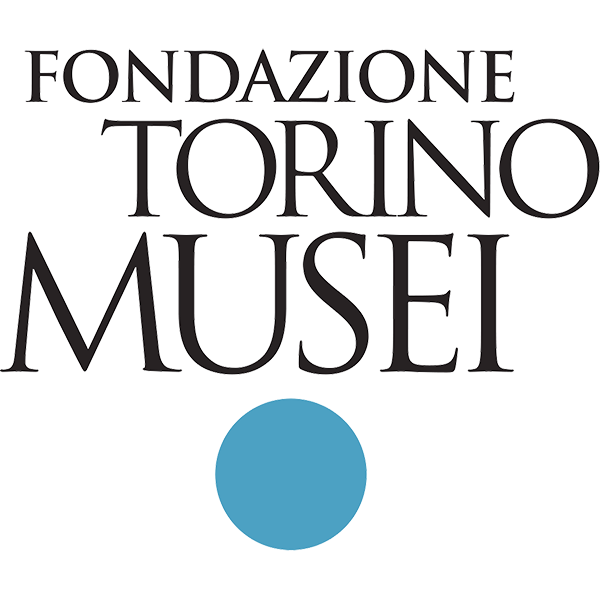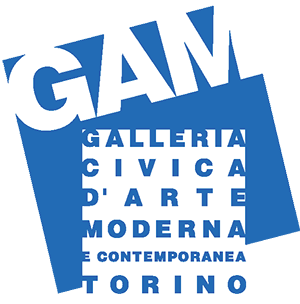Il Manifesto di Marina Abramovic
- Evento
- 19 Aprile 2010 - 20 Maggio 2010
In occasione della riapertura e dell’inaugurazione della mostra Il teatro della performance la GAM ha avuto l’onore di ospitare, il 24 ottobre 2009, una delle più importanti artiste internazionali, Marina Abramović, presente in mostra con tre installazioni sonore. Pioniera della performance, Abramović si è voluta introdurre al pubblico leggendo il suo manifesto: diciotto punti in cui riassume quelli che sono per lei i “doveri” fondamentali di un artista.
An artist’s life Manifesto
Marina Abramović
1. An artist’s conduct in his life:
– An artist should not lie to himself or others
– An artist should avoid falling in love with another artist
– An artist should develop an erotic point of view on the world
– An artist should suffer
– Suicide is a crime against life
– An artist should look deep inside themselves for inspiration
– The artist should not have self-c ontrol about his life
– The artist should give and receive at the same time
– An artist creates his own symbols
– An artist has to understand silence
– An artist must make time for the long periods of solitude
– An artist should avoid going to the studio every day
– Buddhist monks advise that it is best to have nine possessions in their life:
– An artist should have friends that lift their spirits
– Enemies are very important
– An artist has to be aware of his own mortality
– An artist should give instructions before the funeral so that everything is done the way he wants it
An artist’s life Manifesto
Marina Abramović
1. An artist’s conduct in his life:
– An artist should not lie to himself or others
– An artist should not steal ideas from other artists
– An artist should not compromise for themselves or in regards to the art market
– An artist should not kill other human beings
– An artist should not make themselves into an idol
– An artist should not make themselves into an idol
– An artist should not make themselves into an idol
2. An artist’s relation to his love life:
– An artist should avoid falling in love with another artist
– An artist should avoid falling in love with another artist
– An artist should avoid falling in love with another artist
3. An artist’s relation to the erotic:
– An artist should develop an erotic point of view on the world
– An artist should be erotic
– An artist should be erotic
– An artist should be erotic
4. An artist’s relation to suffering:
– An artist should suffer
– From the suffering comes the best work
– Suffering brings transformation
– Through the suffering an artist transcends their spirit
– Through the suffering an artist transcends their spirit
– Through the suffering an artist transcends their spirit
5. An artist’s relation to depression:
– An artist should not be depressed
– Depression is a disease and should be cured
– Depression is not productive for an artist
– Depression is not productive for an artist
– Depression is not productive for an artist
6. An artist’s relation to suicide:
– Suicide is a crime against life
– An artist should not commit suicide
– An artist should not commit suicide
– An artist should not commit suicide
7. An artist’s relation to inspiration:
– An artist should look deep inside themselves for inspiration
– The deeper they look inside themselves, the more universal they become
– The artist is universe
– The artist is universe
– The artist is universe
8. An artist’s relation to self-control:
– The artist should not have self-c ontrol about his life
– The artist should have total self-control about his work
– The artist should not have self-control about his life
– The artist should have total self-control about his work
9. An artist’s relation with transparency:
– The artist should give and receive at the same time
– Transparency means receptive
– Transparency means to give
– Transparency means to receive
– Transparency means receptive
– Transparency means to give
– Transparency means to receive
– Transparency means receptive
– Transparency means to give
– Transparency means to receive
10. An artist’s relation to symbols:
– An artist creates his own symbols
– Symbols are an artist’s language
– The language must then be translated
– Sometimes it is difficult to find the key
– Sometimes it is difficult to find the key
– Sometimes it is difficult to find the key
11. An artist’s relation to silence:
– An artist has to understand silence
– An artist has to create a space for silence to enter his work
– Silence is like an island in the middle of a turbulent ocean
– Silence is like an island in the middle of a turbulent ocean
– Silence is like an island in the middle of a turbulent ocean
12. An artist’s relation to solitude:
– An artist must make time for the long periods of solitude
– Solitude is extremely important
– Away from home
– Away from the studio
– Away from family
– Away from friends
– An artist should stay for long periods of time at waterfalls
– An artist should stay for long periods of time at exploding volcanoes
– An artist should stay for long periods of time looking at the fast running rivers
– An artist should stay for long periods of time looking at the horizon where the ocean and sky meet
– An artist should stay for long periods of time looking at the stars in the night sky
13. An artist’s conduct in relation to work:
– An artist should avoid going to the studio every day
– An artist should not treat his work schedule as a bank employee does
– An artist should explore life and work only when an idea comes to him in a dream or during the day as a vision that arises as a surprise
– An artist should not repeat himself
– An artist should not overproduce
– An artist should avoid his own art pollution
– An artist should avoid his own art pollution
– An artist should avoid his own art pollution
14. An artist’s possessions:
– Buddhist monks advise that it is best to have nine possessions in their life:
1 robe for the summer
1 robe for the winter
1 pair of shoes
1 begging bowl for food
1 mosquito net
1 prayer book
1 umbrella
1 mat to sleep on
1 pair of glasses if needed
– An artist should decide for himself the minimum personal possessions they should have
– An artist should have more and more of less and less
– An artist should have more and more of less and less
– An artist should have more and more of less and less
15. A list of an artist’s friends:
– An artist should have friends that lift their spirits
– An artist should have friends that lift their spirits
– An artist should have friends that lift their spirits
16. A list of an artist’s enemies:
– Enemies are very important
– The Dalai Lama has said that it is easy to have compassion with friends but much more difficult to have compassion with enemies
– An artist has to learn to forgive
– An artist has to learn to forgive
– An artist has to learn to forgive
17. Different death scenarios:
– An artist has to be aware of his own mortality
– For an artist, it is not only important how he lives his life but also how he dies
– An artist should look at the symbols of his work for the signs of different death scenarios
– An artist should die consciously without fear
– An artist should die consciously without fear
– An artist should die consciously without fear
18. Different funeral scenarios:
– An artist should give instructions before the funeral so that everything is done the way he wants it
– The funeral is the artist’s last art piece before leaving
– The funeral is the artist’s last art piece before leaving
– The funeral is the artist’s last art piece before leaving






